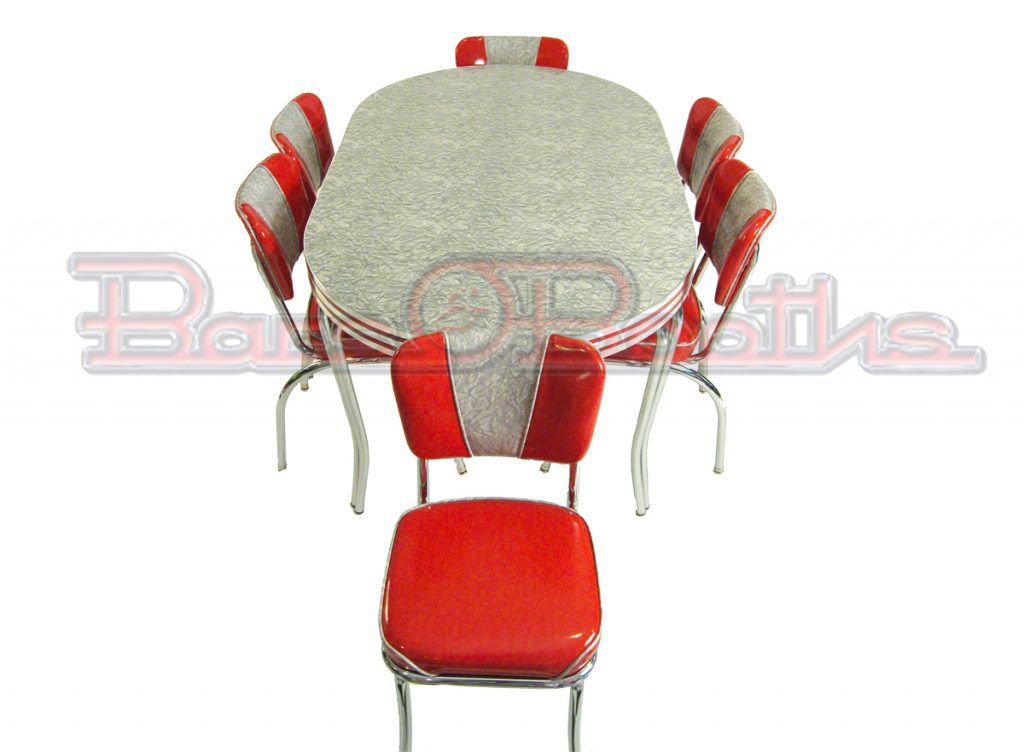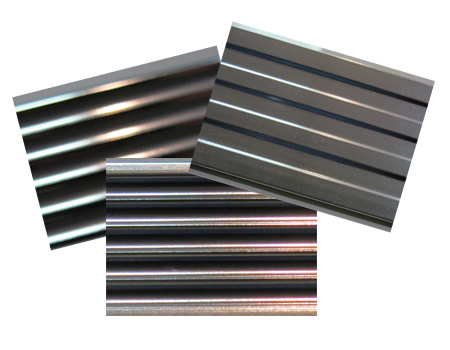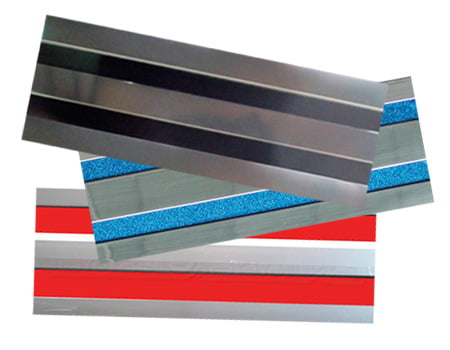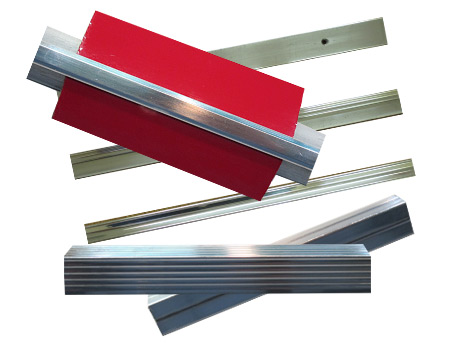
Metal Banding
Our metal banding is the perfect “retro” complement to any table, counter top, or bar. We can custom build your table or counter top using any of our retro bandings, OR, if you have a “DIY” project underway, we sell all bandings by 12′ strip (minimum order 2 strips). Check out all that we offer below.
PLEASE NOTE: Our banding is custom made for us. Unlike some banding, we add two extra steps to the process: We require our banding to be polished and then have an anodized clear coat electro-plated to it, sealing the banding against oxidation and making it more scratch resistant. As you might expect from the manufacturing process, there can be very tiny flaws in the surface even after polishing. Once anodized, these imperfections are part of the metal, and cannot be polished any further. Restaurants and home owners around the world have enjoyed this product for years and we are sure you will also.

Table & Counter Banding

Exclusive Custom Banding

Accent Banding

Other Banding
SHIPPING ESTIMATES
- For shipping via UPS Ground we can cut the banding down to two pieces – one 8′ and one 4′, or 6′ and 6′ (a $10 cutting fee applies).
- If you need the full 12 foot length shipped to you, we must use a freight carrier (see below for average rates). We would procure a detailed shipping quote at time of purchase. We ship freight collect and you pay our discounted corporate rates. No mark-ups and no surprises to our customer!
Metal Banding – Care and Installation Guidelines
This heavy gauge, polished aluminum banding is custom made for us with the same molds used in the 40’s and 50’s. The manufacturing process creates minor flaws/scratches that are mostly removed in the commercial polishing process. However, some usually remain and some minor scratches can be expected with everyday use. We strongly urge you to avoid harsh cleaning agents. Ammonia cleaners (Windex) can pit aluminum.
Installing this banding is easy, yet requires special skill. A groove must be cut into the edge of your material using a router equipped with a 1/16th slot cutting assembly, following the tool company’s guidelines for use.
The router must be set at the precise height so that the top of the banding will match the top of the material being banded. Follow your router’s directions. Once the slot is cut, the barbed tee of the banding is eased into the slot with the aid of a soft mallet, using as little force as necessary. Sharp corners (less than 4” radius) may require the removal of some of the barbed tee. At the ends of the banding, and at other stress points, fine brads can be used to trap the banding by pre-drilling a hole through the underside of the material and through the barbed tee of the banding and then nailing the brad through the hole.
Some materials may not hold the tee sufficiently. We do not use medium density fiber board or light weight commercial particle board for this reason.
BENDING TEE-BANDING AROUND CORNERS
If the radius is more than 3 inches, the banding can be carefully applied as is.
If the radius is very tight, then some of the Tee will have to be removed. The tighter the radius, the more tee needs to be removed. We use a hand held grinder to curve a notch into the tee. Do not remove the tee completely at any spot. If the notch is curved, the banding goes around the corner smoothly. Cutting an angle out of the tee can result in kinking at the point of the angle.

Cutting an angle out of the tee can result in kinking at the point of the angle.

